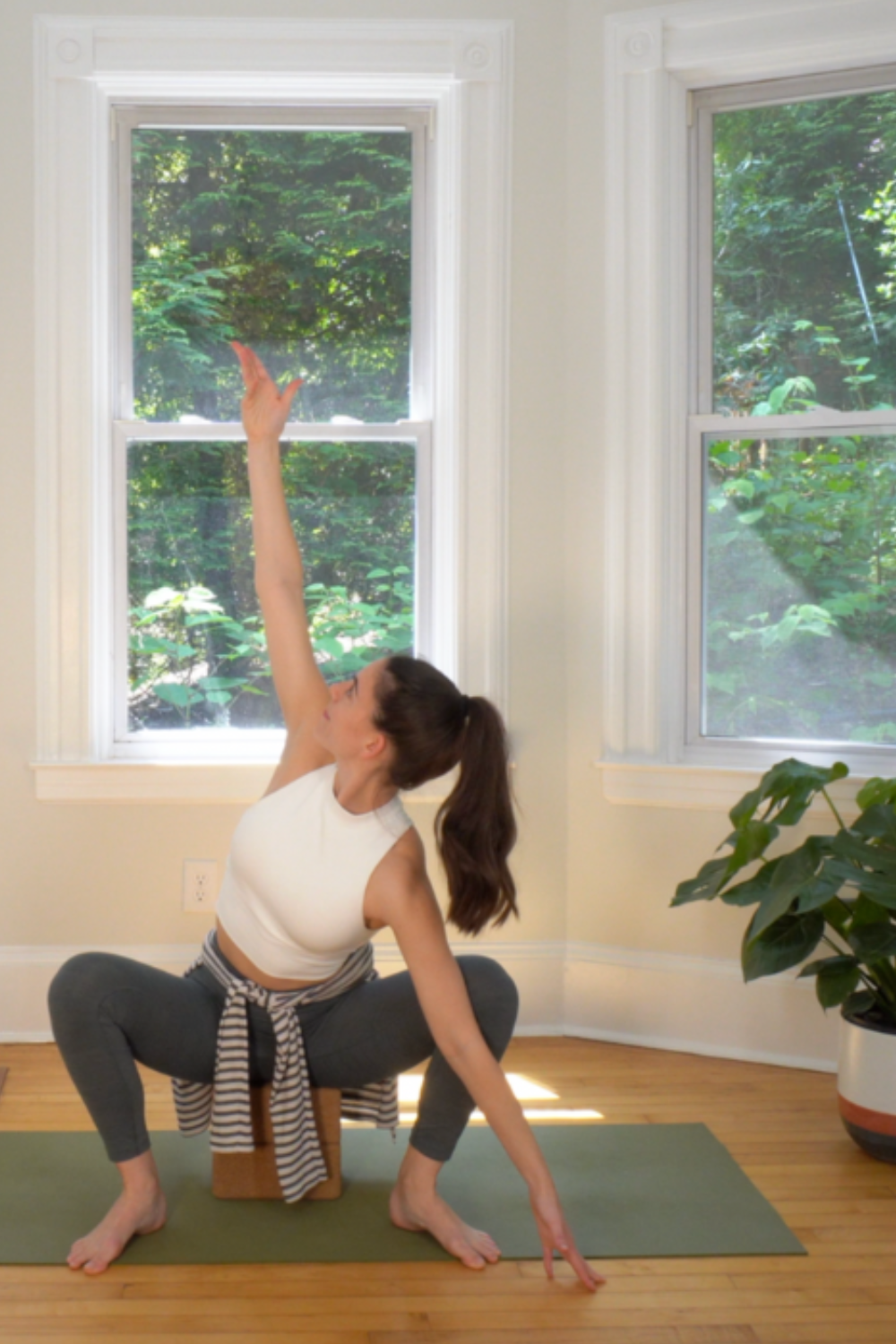Is Your Strength Routine Missing This?
If your strength training routine is leaving you sore, stiff, or run-down, it might not be the weights—it might be what you're skipping between sessions.
The Missing Piece of Most Fitness Plans
Most people approach strength training with good intentions, but they often skip two critical components: mobility and recovery. Without them, even the best workouts can leave your body achy, your nervous system fried, and your motivation running low.
If your goal is long-term strength, energy, and consistency, then your routine has to do more than build muscle—it has to support your nervous system and make space for restoration.
First Let’s Address: Are You Actually Strength Training?
It’s easy to assume you’re “strength training” if you’re holding weights in a class, but the majority of group fitness classes, even the ones advertised as strength workouts, are primarily cardio workouts. And regular hour-long bootcamp classes can leave you feeling chronically fatigued, making it harder to stay consistent.
If you’re truly strength training, you should be lifting close to failure (where you could only do one or two more reps), taking long rest periods between sets, and progressively increasing your weights over time to continually challenge your body as it gets stronger (aka progressive overload).
None of which is possible in classes where they are just pushing you go to faster & harder. It’s not about doing more—it’s about doing the right work, and letting your body recover and adapt.
Is Your Strength Routine Sustainable?
I think the sweet spot for most adults is to train 2–4 times per week (I personally train 3 times), targeting each major muscle group twice. Every session should begin with an intentional, effective mobility warm-up to prepare your body for the movements ahead. And each session should end with a calming cooldown that includes breathwork and gentle stretching to help your nervous system return to a resting state.
Just as important as your training days are your active recovery days. These are the days where you’re not strength training, but you’re also not just spending hours slumped on the couch. Keep your body moving in natural ways like walking, gardening, or playing with your kids.
This approach builds muscle, supports joint health, and gives your nervous system the chance to reset—so you can return to your workouts feeling strong, not depleted.
Why Mobility Matters
Mobility work is often the missing link—not just for better workouts, but for feeling good throughout the other 23 hours of the day.
True joint mobility improves your range of motion, reduces your risk of injury by minimizing any compensation patterns, and helps ease post-workout tightness. It also makes daily movement feel more natural and less restricted, supporting not just your workouts but how you feel in your body all day long.
Even just 5–10 minutes of functional mobility can make a huge difference in how your body feels and performs.
Looking for a place to start? Grab my free 7-minute strength warm-up—a foundational mobility routine to incorporate into all of your strength workouts.
Why Recovery Isn’t Optional
It’s important to know that muscle doesn’t actually grow during your workout, it grows during your recovery periods. So if you’re never taking recovery days, your body doesn’t get a chance to adapt. Not only that, but over-exercising can lead to constant fatigue, sleep issues, irritability, mood swings, and lack of progress and motivation.
To avoid burnout and build real strength, you need both active and passive recovery:
Active Recovery: fun, low-pressure movement like pickleball, rollerblading, hiking, gardening, etc.
Passive Recovery: sleep, rest, nervous system downregulation
Taking at least two recovery days per week allows your body to rebuild, recharge, and return to training with more energy—not less.
How to Integrate Mobility & Recovery—Without Adding Hours to Your Week
This doesn’t have to take over your schedule! A few intentional shifts can make a big impact:
Add 5 minutes of mobility before your workouts
Use gentle breathwork or mobility to wind down afterward
Designate 2 active recovery days per week (aka: get outside and play!)
Try “mobility snacks” during the day (2–5 minutes of movement between tasks)
Small, consistent practices go a long way when they support your body and help you move better every day.
Ready to Build a Strength Routine That Actually Feels Good?
If you’re ready to make your strength routine more sustainable, start by grabbing my free 7-minute warm-up guide—a short, effective routine to help you prep your body and protect your joints.
And if you’re looking for a done-for-you plan that weaves strength, mobility, and recovery into every week: join The Playground—my online studio where movement feels good again.





